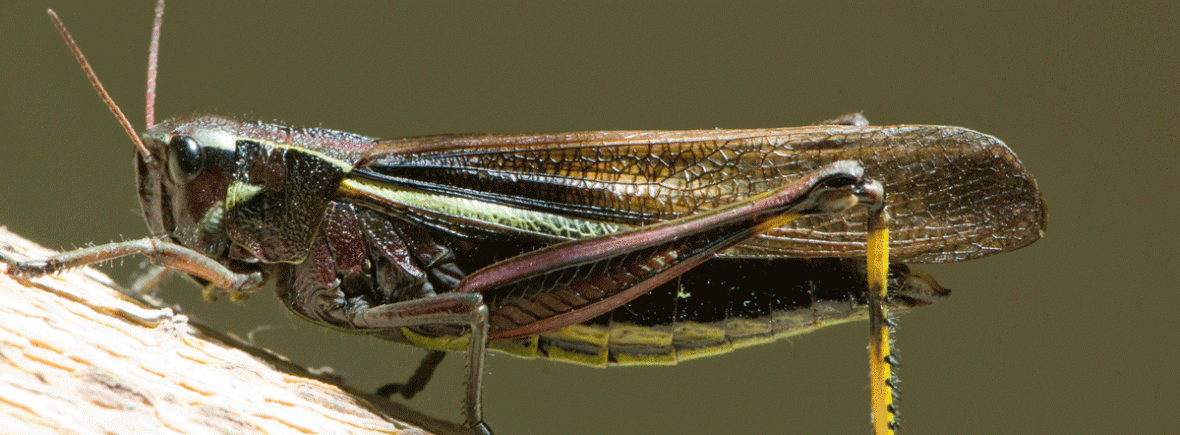Read and Share the Arctos Highlights (PDF)
Arctos is both a community and an online collection management information system; as such Arctos is also a provider of research-grade data. It provides fundamental research infrastructure and is intended for curators, collection managers, investigators, educators, and anyone interested in natural and cultural history.
As a community, Arctos is a consortium of museums and organizations that collaborate to serve data on over 5 million records from natural and cultural history collections. An additional 2 million records are in MCZBase, a separate instance at the Museum of Comparative Zoology, Harvard University. The Arctos community provides a collaborative environment for sharing data vocabulary and standards, curating and improving the quality of shared data such as agents and taxonomy, forming strong links between related catalog records, and guiding the future development of Arctos.
 As an online collection management information system and provider for research-grade data, Arctos integrates access to information from diverse disciplines: anthropology, botany, entomology, ethnology, herpetology, geology, ichthyology, mammalogy, mineralogy, ornithology, paleontology, parasitology as well as archival and cultural collections. Data include catalog records, observations, tissues, endo- and ectoparasites, stomach contents, field notes and other documents, and media such as images, audio recordings, and video. Arctos displays all that is known about a record, and provides solutions to managing and integrating data with agents (people, organizations), geospatial information (collecting events, coordinates), transactions (loans, accessions, permits), object tracking (barcodes , RFID tags) , and usage (publications, projects, citations). Arctos data are continuously updated, web accessible, and linked with external resources (the “Arctos Ecosystem”).
As an online collection management information system and provider for research-grade data, Arctos integrates access to information from diverse disciplines: anthropology, botany, entomology, ethnology, herpetology, geology, ichthyology, mammalogy, mineralogy, ornithology, paleontology, parasitology as well as archival and cultural collections. Data include catalog records, observations, tissues, endo- and ectoparasites, stomach contents, field notes and other documents, and media such as images, audio recordings, and video. Arctos displays all that is known about a record, and provides solutions to managing and integrating data with agents (people, organizations), geospatial information (collecting events, coordinates), transactions (loans, accessions, permits), object tracking (barcodes , RFID tags) , and usage (publications, projects, citations). Arctos data are continuously updated, web accessible, and linked with external resources (the “Arctos Ecosystem”).
Watch Arctos in less than 10 Minutes:
(presented at BioDigiCon 2022-09-28)
Note: Featured image above is of a Striped Sedge Locust in the University of Alaska Museum. This specimen has been genetically barcoded through the Barcode of Life project. View Arctos record for detailed information about this catalog record.
